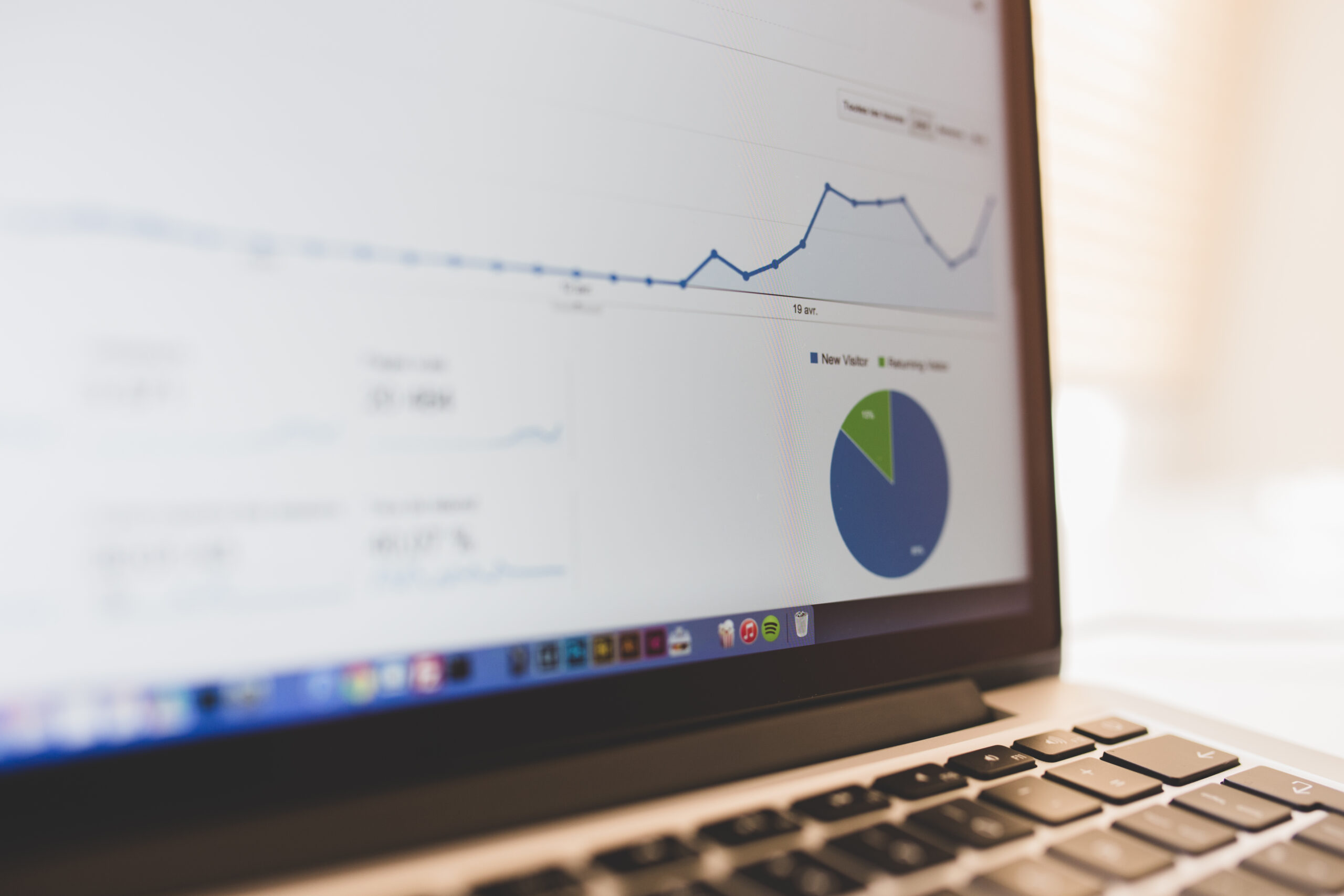Yardi has announced a new Power BI Connector that will enable Yardi users to securely and easily connect the data stored in their Yardi systems with the Power BI Analytics tools. With this new connector, users won’t have to invest large amounts of time and money to re-engineer their existing system to optimize Power BI and Yardi. Power BI helps organizations to share datasets and reports across various teams, which facilitates collaboration. It can also help organizations analyze and make sense of their ERP data in various ways.
Connecting Power BI and Yardi can support users with:
- Customized dashboards and reports: With Power BI, users can create personalized dashboards and reports to monitor key performance indicators (KPIs) and other important metrics relevant to their ERP data. These customizable reports make it easier to track business performance, identify areas of improvement, and share insights with team members.
- Data visualization: Power BI offers a wide range of visualizations, including bar charts, pie charts, line charts, and more, to help users understand complex data patterns and trends in their ERP data. These visualizations can be customized to meet specific needs of users. This makes it easier for users to explore and interpret their data.
- Real-time data analysis: Power BI enables users to connect to their ERP data sources directly, allowing for real-time data analysis. This feature ensures that decision-makers have access to the most up-to-date information, helping them make informed decisions based on the latest trends and changes in their business environment.
- Advanced data analytics: Power BI offers advanced analytics capabilities, such as data modeling, forecasting, and trend analysis. These features allow users to dig deeper into their ERP data, uncover hidden patterns, and make data-driven predictions. This will help to optimize business processes and operations. These tools can be used to analyze portfolio data, track a property’s performance over time, and to do comparisons with other properties.
- Data integration: Power BI can connect to various data sources, including different ERP systems and other databases. This integration capability allows users to consolidate data from multiple sources. It provides a holistic view of their business operations and enables more comprehensive data analysis. This is particularly useful for clients who are also using non-Yardi products like Salesforce, or where some properties are being managed by a system other than Yardi. This is a powerful tool!
- Identifying system inefficiencies. Power BI can identify which reports are putting a strain on the servers. This information can be used to schedule certain reports during down times. This approach can help servers run more efficiently and avoid system slow downs. It is worth noting that there are YSR reports that can help with this as well. Some organizations may find it easier to use YSR, others may find Power BI to be a better tool for their needs.
- Tracking compliance. Sometimes, even if you train staff on how to run certain reports, the training does not always get applied and reports are missed. Power BI can identify whether or not certain reports have been run, which can help identify if further training is needed. There is also an option to use YSR reports for this function. Which tool you use for this will depend on your team, and your organization’s preferences and needs.
The above functionalities allow Power BI to provide better ERP data insights in areas such as occupancy rates, tenant use of properties, and other key metrics. These insights can help with decision making and with marketing to attract quality tenants. Getting help at the start of the process can ensure the integration goes smoothly. Have questions? Interested in starting Power BI? Reach out to find out how we can help.





